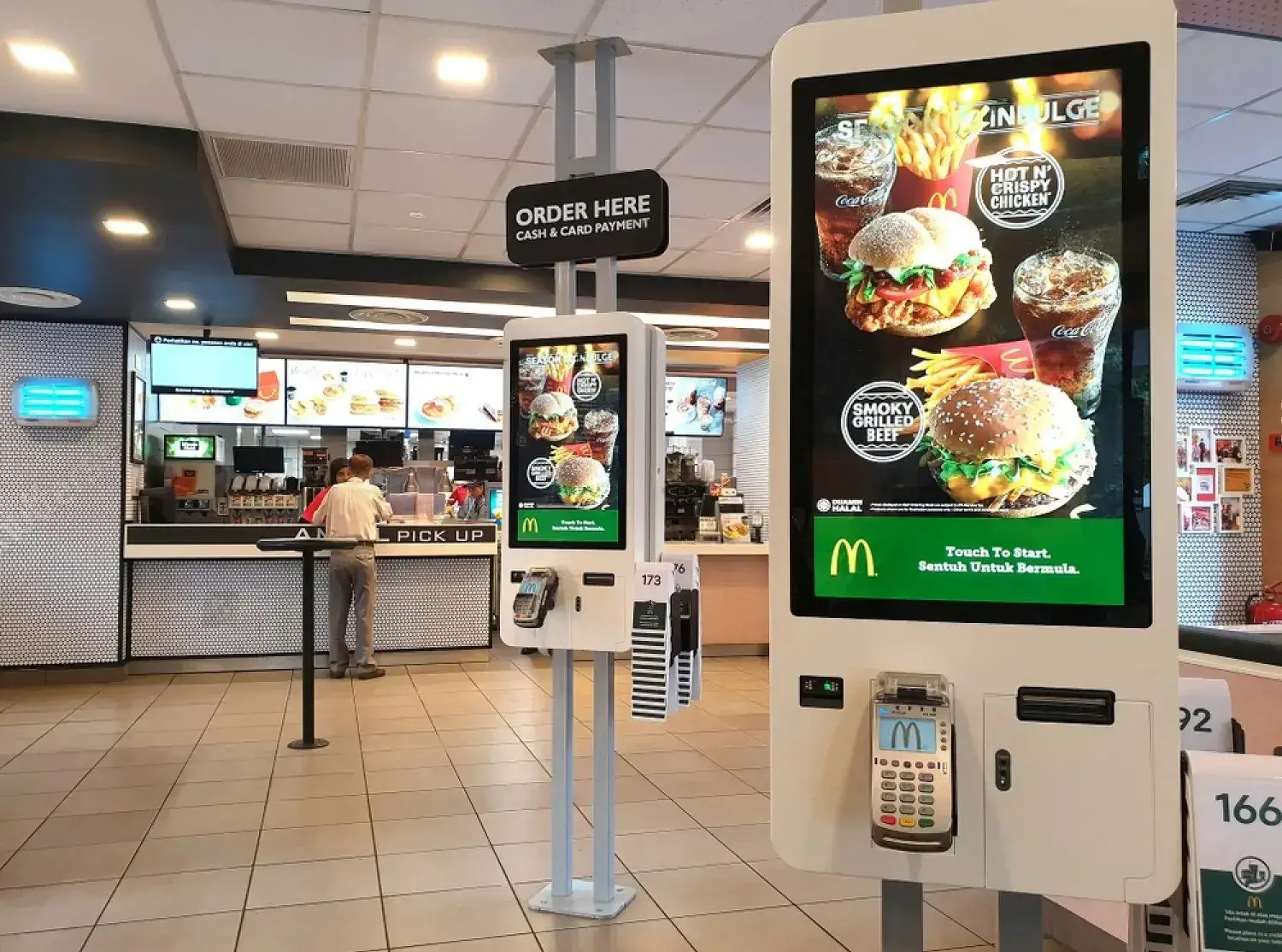In the fast-paced world of today, businesses and organizations are always looking for innovative ways to hold an audience’s attention in a manner that allows full engagement while getting the message across. Among some of the powerful game-changers is digital signage that holds a very active display of information with its dynamic and interactive capabilities across various industries.
What is Digital Signage?
Digital signage represents the use of digital displays for content delivery that may include advertisements, information, or entertainment. Such displays are located in various places: retail stores, corporate buildings, public transportations, restaurants, and healthcare facilities. Unlike the static conventional sign, content on digital signage can be updated in real-time to ensure what is displayed remains relevant and interesting.
Pros of Digital Signage Boosted Engagement:
The dynamic, vibrant combination of visuals and motion graphics with interactive features created by digital signage tends to capture audience attention far better than traditional signage would. This translates into an increased level of engagement from viewers, possibly leading to more interest and retention from customers.
Updates in Real Time: One of the very important benefits of digital signage is that content can be updated at any instant. Whether it is a new deal, emergency information, or daily meal deals, digital signage ensures that the message is up to date and current for the audience.
Targeted messaging: One can customize the messages with digital signage. For example, the system allows for various content to be displayed at different times of the day, thereby appealing to varied categories of the population.
Economic: Even though the initial outlay for digital signage might be higher than that for traditional signage, the long-term benefits are immense. There will be no costs for printing, and time and resources will be saved for updating remotely.
Analytics and Insights: Most digital signage solutions today offer analytics as part of their features. Enterprises can collect data on viewer interactions, effective content, and audience demographics.
Below are some of the applications of digital signage in the day-to-day operation of various industries.
Digital Signage Applications Retail:
Instore promotions and the movement of consumers have been made easy with digital signage. Interactive displays offer customers product information along with reviews, while recommendation engines present up-to-the-minute offers that would be most relevant to them.
Corporate: In corporate environments, the use of digital signage helps to relay corporate key performance metrics, company news, and events taking place within a corporation. It may improve visitors’ experiences by providing information or direction.
Healthcare: Digital signage allows a hospital to give patients educational pieces as well as way-finding throughout the building, significantly lowering patient perception of wait times with the use of health tips and entertainment. It also serves as a platform for all the important announcements and emergency alerts.
Transport: At airports, railway stations, and bus stands, digital signage is implemented that provides time-to-time schedules, delays, and important traveler information. It can also be used to advertise local businesses.
Education: Educational institutes use digital signage to communicate on campuses, promote events, and make emergency notifications. Interactive displays can provide easy access to information and resources for students and other visitors. The digital signage ecosystem is a dynamically changing space with emerging technologies pushing the frontier.
Future Trends in Digital Signage:
AI and IoT Integrations: Artificial Intelligence and the Internet of Things have a powerful impact on enhancing the capabilities of digital signage. AI, an important differentiator for vendors, has the potential to analyze the audience and use it for the delivery of personalized content; the IoT device is able to react and trigger specific messages based on real-world events.
Augmented Reality (AR): AR integration is giving immersive and interactive experiences. For instance, one can see how a piece of furniture would look in their room before they actually buy it.
Touchless Interactivity: The COVID-19 pandemic has brought about an increased demand for touchless technology. Gesture control and voice command will become popular ways to interact with digital displays.
Sustainability: Business organizations are considering sustainability in a deeper sense, and hence digital signage solutions are being designed by keeping in mind the use of energy-efficient components and practices toward more ecologically friendly solutions.
Digital signage solutions are changing the mode of communication for businesses and organizations. The use of digital signage is increasing with their proved very influential show dynamic, real-time content, and in engaging viewers. As technology progresses further and further, digital signage is finding ways to create more interesting and long-lasting experiences, hereby becoming one of the most useful tools in a modern communication strategy.





